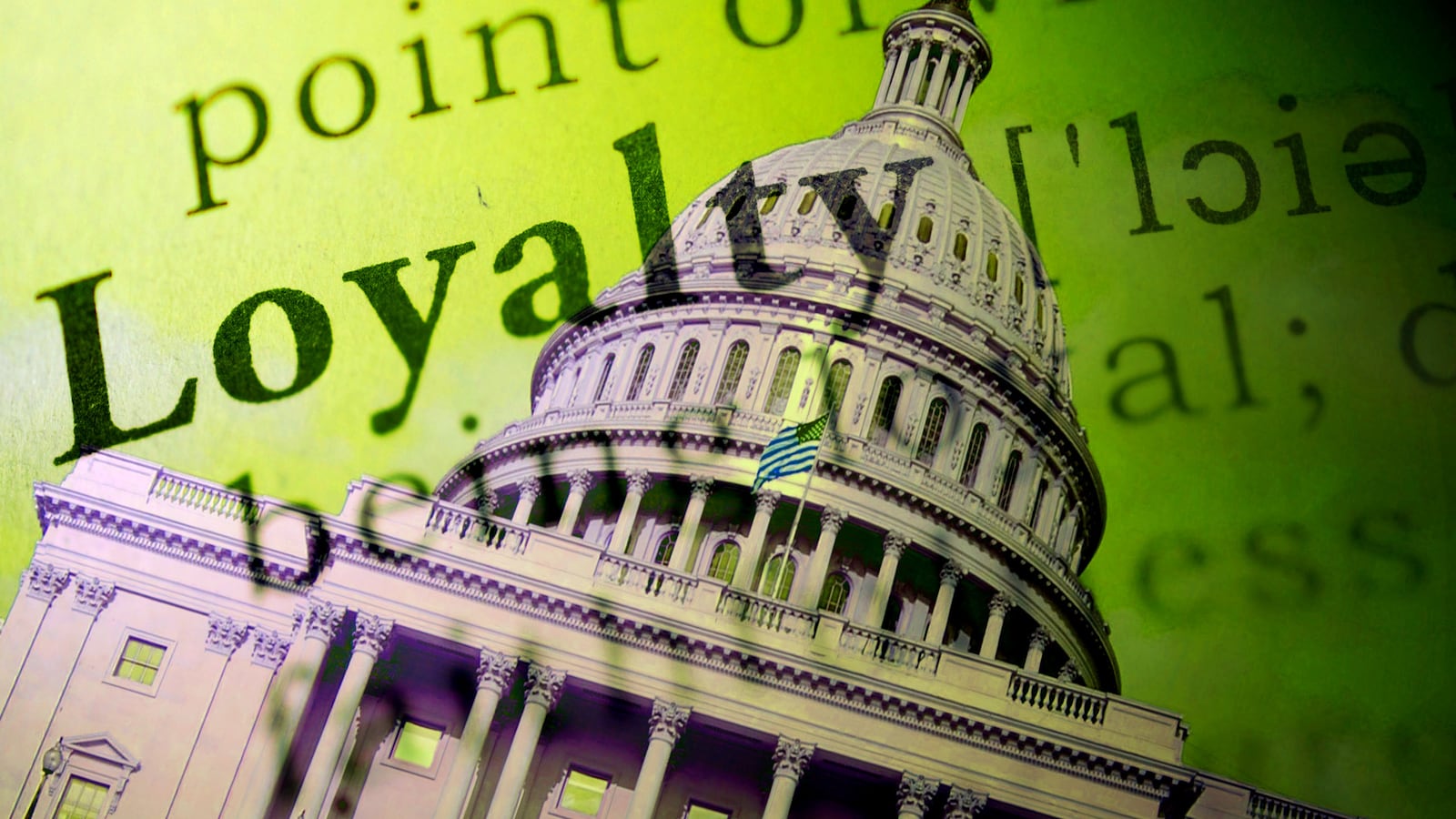It’s shaping up to be an ugly night for House Democrats. Hurt by the dismal approval ratings of President Barack Obama, a stacked playing field due to gerrymandering and a Republican-leaning midterm electorate, it’s possible that the party could lose as many as 20 seats.
The result would give Democrats their smallest House caucus since before the Great Depression. But there is one small cause for optimism: Thanks to an extensive “Commit To Vote” program, there is some hope that the party can motivate enough voters to prevent a worst-case scenario.
In 2014, the Democratic Congressional Campaign Committee (DCCC), the electoral arm of House Democrats, has rolled out an extensive field program built partially around pledge cards. With the cards, “marginal voters,” those who might vote in presidential years but not in midterm elections, make a commitment to vote on November 4 and support the Democratic ticket in 48 districts. So far, in both online and physical cards, they say they have collected 1,199,169 total commitments.
The program is almost childishly simple. A canvasser will knock on their door and ask voters to sign the card. Voters fill out their name, address, phone number and sign a pledge that they will “commit to vote.” In addition, they also get to check boxes about what issues that are motivating them to turnout as well if they’re interested in volunteering.
The filled out pledge cards are then mailed back to voters shortly before Election Day as a way to remind them to vote. One Democratic official familiar with the effort said that the receiving the pledge card in mail makes voters “three to five percent more likely to turn out” and compared to the effect to an additional personal contact via a door-knock or a phone call in the period before Election Day.
Pledge cards were first used on a truly significant scale in 2013 when the campaign of Terry McAuliffe, the Democratic candidate for Virginia governor, had 100,000 voters fill out cards and mailed them back to them in the week before Election Day. McAuliffe ended up eking out a narrow victory.
As top McAuliffe campaign staffer Michael Halle told The Daily Beast, the advantage of the program is that extends the benefit of a door knock early in the campaign. He noted that the turnout promoting effect of a canvasser knocking on a door decays within ten days to be almost minimal. As he noted, “the simple act of saying that you’ll vote, makes you more likely to do so” and that the pledge cards signed in the summer mimics the effect of that face to face encounter months later on the eve of Election Day. However, Halle also cautioned that “the program in a vacuum isn’t going to be a difference maker” and that it needs to be “combined with sustained voter contact.”
The effort has not just been focused on “drop-off” voters—that is, Democrats who voted in 2012 but not in the 2010 midterms. Instead, the DCCC has found a surprising number of unregistered voters—and not just in states that aren’t presidential battlegrounds, like West Virginia or New York. One Democratic official marveled that there “so many unregistered voters” in purple North Carolina that “we didn’t drain the well” in 2008 and 2010.
But, as Halle noted, the loyalty cards make the most effect on those “right at the tipping point” between being likely to vote and not likely to vote. In his view, the “very personalized touch” of the pledge card can do just enough to tip a marginal voter, unsure if he or she has the time to carve out of a busy workday, to show up at the polls.
The cards, which are available in several languages including Spanish and Mandarin, won’t perform miracles. In many districts where the president’s approval ratings are in the toilet and there are still huge numbers of undecided voters, it will only make the Democratic margins of defeat slightly more palatable.
But it still has the potential to swing a few races that are still tied with few undecided voters. There, the effort may be enough to swing a few close campaigns by boosting turnout.
And this makes a difference. After all, every seat Democrats can hold on to in 2014 is one that they won’t have to work to win back in two years.




